
Félix Henri Bracquemond was a French painter, etcher, and printmaker. He played a key role in the revival of printmaking, encouraging artists such as Édouard Manet, Edgar Degas and Camille Pissarro to use this technique.
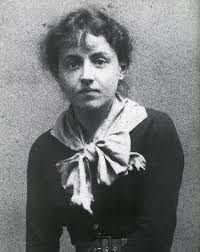
Louise Catherine Breslau was a German-born Swiss painter, who learned drawing to pass the time while bedridden with chronic asthma. She studied art at the Académie Julian in Paris, and exhibited at the salon of the Société Nationale des Beaux-Arts, where she became a respected colleague of noted figures such as Edgar Degas and Anatole France.

Maurice Boitel was a French painter.

Auguste-Barthélemy Glaize (1807–1893) was a French Romantic painter of history paintings and genre paintings.
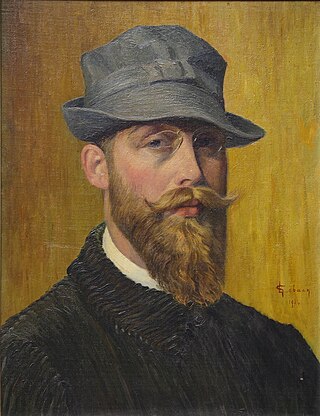
Georges-Émile Lebacq was a Belgian painter.
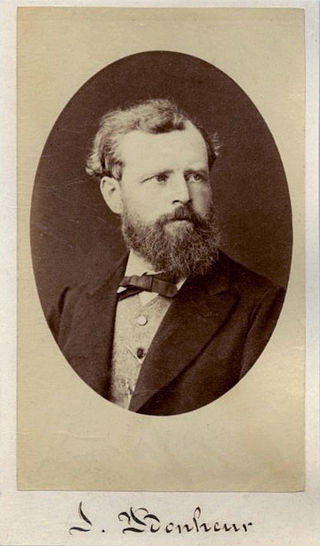
Isidore Jules Bonheur, best known as one of the 19th century's most distinguished French animalier sculptors. Bonheur began his career as an artist working with his elder sister Rosa Bonheur in the studio of their father, drawing instructor Raymond Bonheur. Initially working as a painter, Isidore Jules Bonheur made his Salon debut in 1848.

Joseph-Félix Bouchor was a French painter noted for his portraits and his Orientalist themes.

Jean-Jacques-François Le Barbier was a writer, illustrator and painter of French history. By 1780 he was an official painter of the King of France.

Jean Messagier was a French painter, sculptor, printmaker and poet. Jean Messagier had his first solo exhibition in Paris at Galerie Arc-en-Ciel in 1947. From 1945 to 1949 the artist worked under the influence of Pablo Picasso, André Masson, Paul Klee and François Desnoyer, his professor at École nationale supérieure des arts décoratifs in Paris. Messagier again was revealed to the public at an exhibition organized by Charles Estienne at the Galerie de Babylone in 1952, entitled "La Nouvelle École de Paris". The following year, Messagier deliberately broke away from his expressionistic form of Post-Cubism; his inspirations now focused on Jean Fautrier and Pierre Tal-Coat to develop a personal vision in which he renders "light...approached abstractly." Jean Messagier is often associated with Lyrical abstraction, Tachisme, Nuagisme, Art informel and paysagisme abstrait, though the artist himself had never accepted any labels, and had always refused the distinction between abstraction and figuration. From 1962 until the year of his death Jean Messagier exhibited in France and abroad, taking part in some major international events as a representative of new trends in French painting.

Henri Clément Serveau, also known as Clément-Serveau, was a French painter, designer, engraver and illustrator. Clément-Serveau produced works in a realist manner early on, but soon became interested in the new movements. He was influenced by his friend Louis Marcoussis and experimented with Cubism, utilising geometric patterns to give the illusion of form and space. Later in his career he turned toward abstraction with a post-cubist stance. He designed banknotes for the Banque de France and produced large murals and participated in numerous French and international exhibitions.
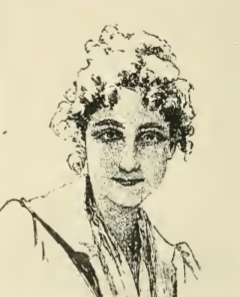
Madeleine Carpentier was a French painter.

Henri Guinier was a French portrait and landscape painter.
Charles Léon Godeby, was a French painter who painted scenes in Brittany and North Africa.
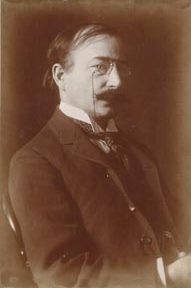
Henri Beau was a French-Canadian Impressionist painter. He is noted for Chemin en été, La dispersion des Acadiens, L'arrivée de Champlain à Québec, and Les Noces de Cana. Beau is a largely forgotten artist due to his long absence from Canada. His widow Marie Beau worked towards establishing his reputation as an artist in Canada after his death. He was only recognized as a notable artist decades later, with major retrospectives of his paintings celebrating his career by the Galerie Bernard Desroches in Montréal in 1974, and at the Musée du Québec in Québec City in 1987.
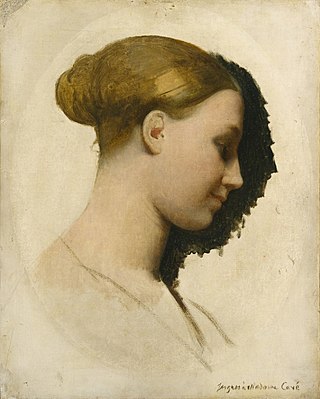
Madame Cavé was a French painter and drawing professor. Born Marie-Élisabeth Blavot and also known as Marie Monchablon in her youth, she married the painter Clément Boulanger and then, after Boulanger's death, Edmond Cavé—whom she also outlived.

Clément Louis Marie Anne Belle was a French painter and tapestry designer.

Auguste Prévot-Valéri, pseudonym of Valéri Prévost, was a French painter known for pastoral landscapes. He was the father and teacher of the landscape painter André Prévot-Valéri (1890-1957).
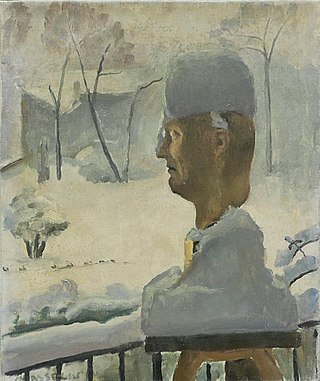
Maurice Paul Jean Asselin was a French painter, watercolourist, printmaker, lithographer, engraver and illustrator, associated with the School of Paris. He is best known for still lifes and nudes. Other recurring themes in his work are motherhood, and the landscapes and seascapes of Brittany. He also worked as a book illustrator, particularly in the 1920s. His personal style was characterised by subdued colours, sensitive brushwork and a strong sense of composition and design.

















